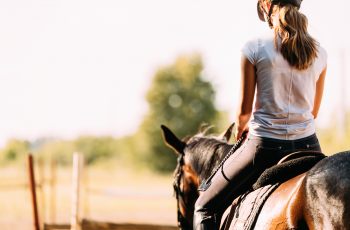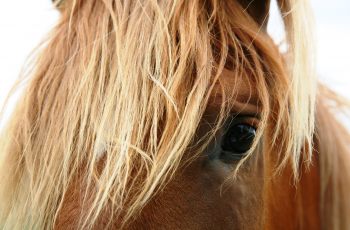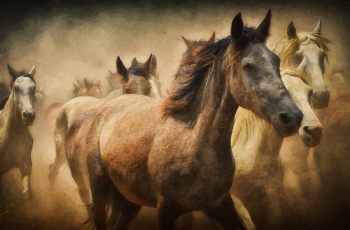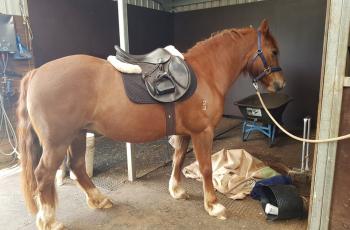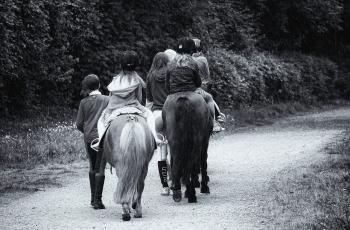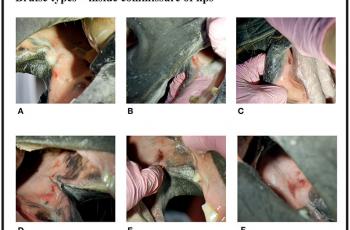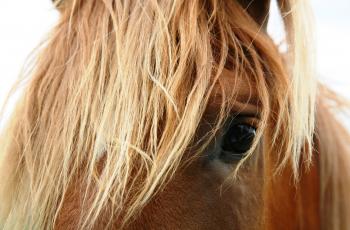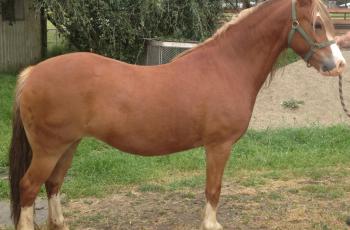It has been shown that people within the horse industry have preconceived ideas about horse behaviour, temperament and rideability, based solely on the sex of the horse. Such ideas can have welfare implications, if personnel allow bias to affect their interactions with particular horses.
Such welfare implications include employment of harsher training methods, and increased horse wastage. The current study explored data on riders’ and trainers’ reports of ridden horse behaviour.


